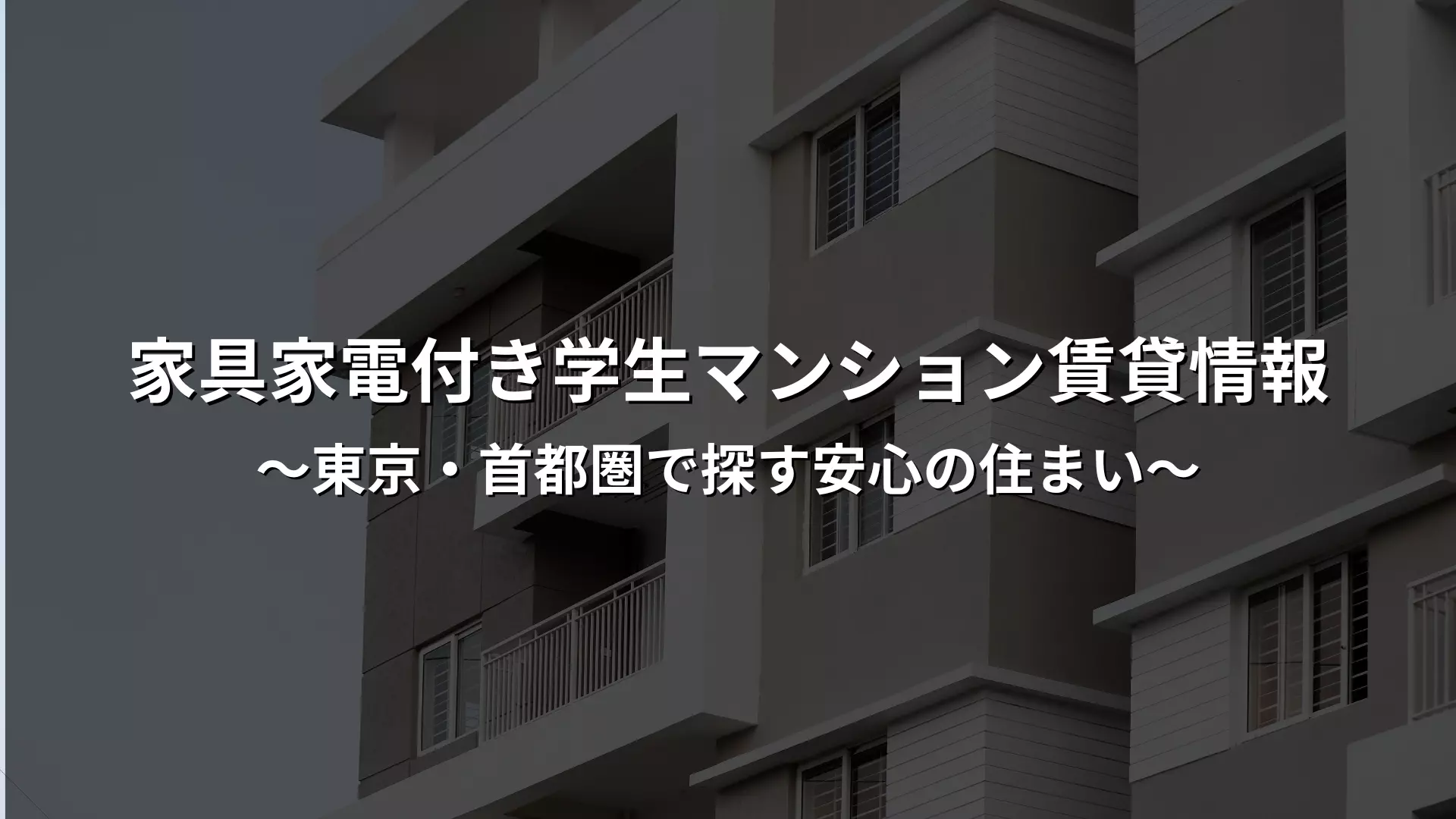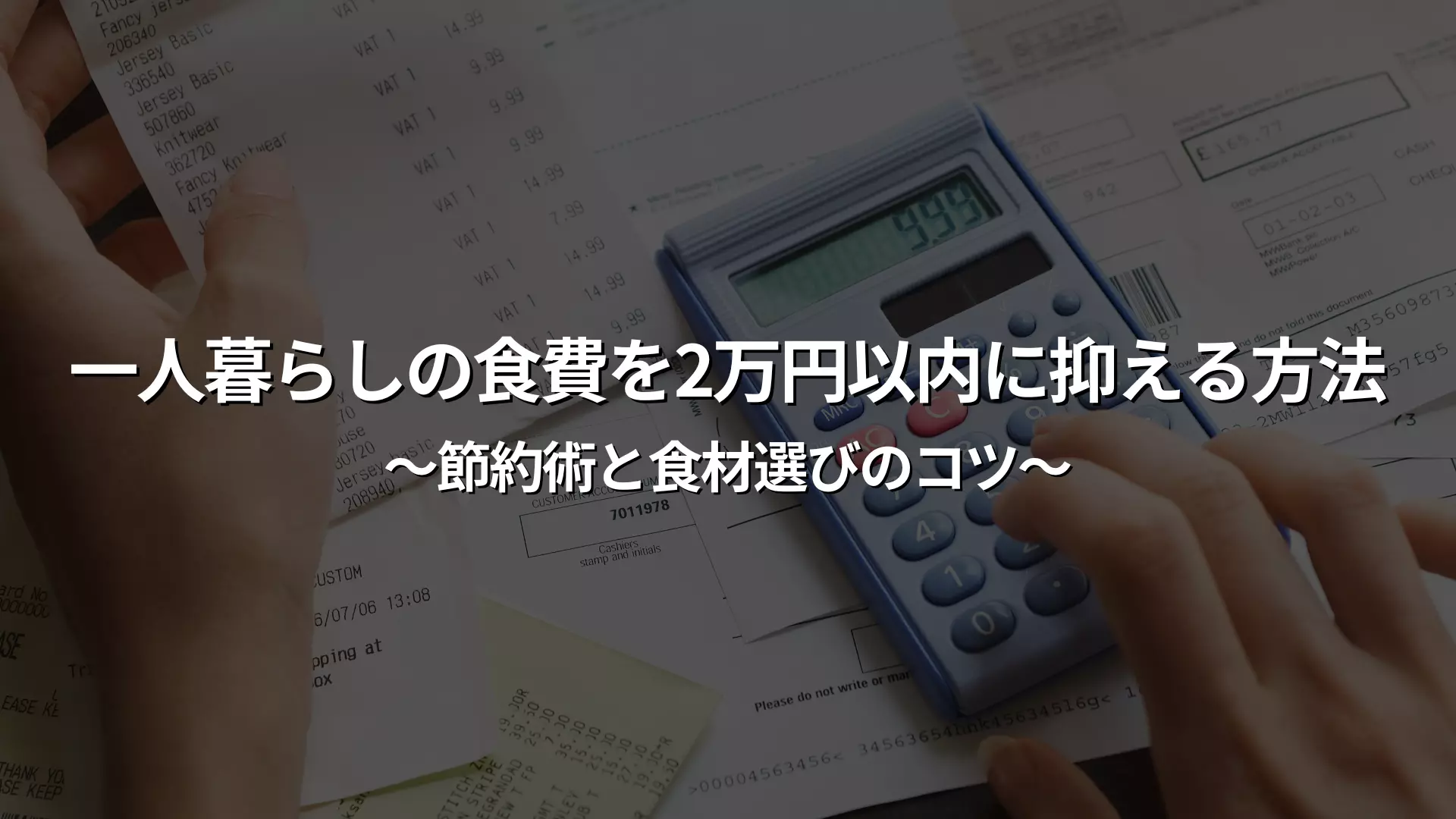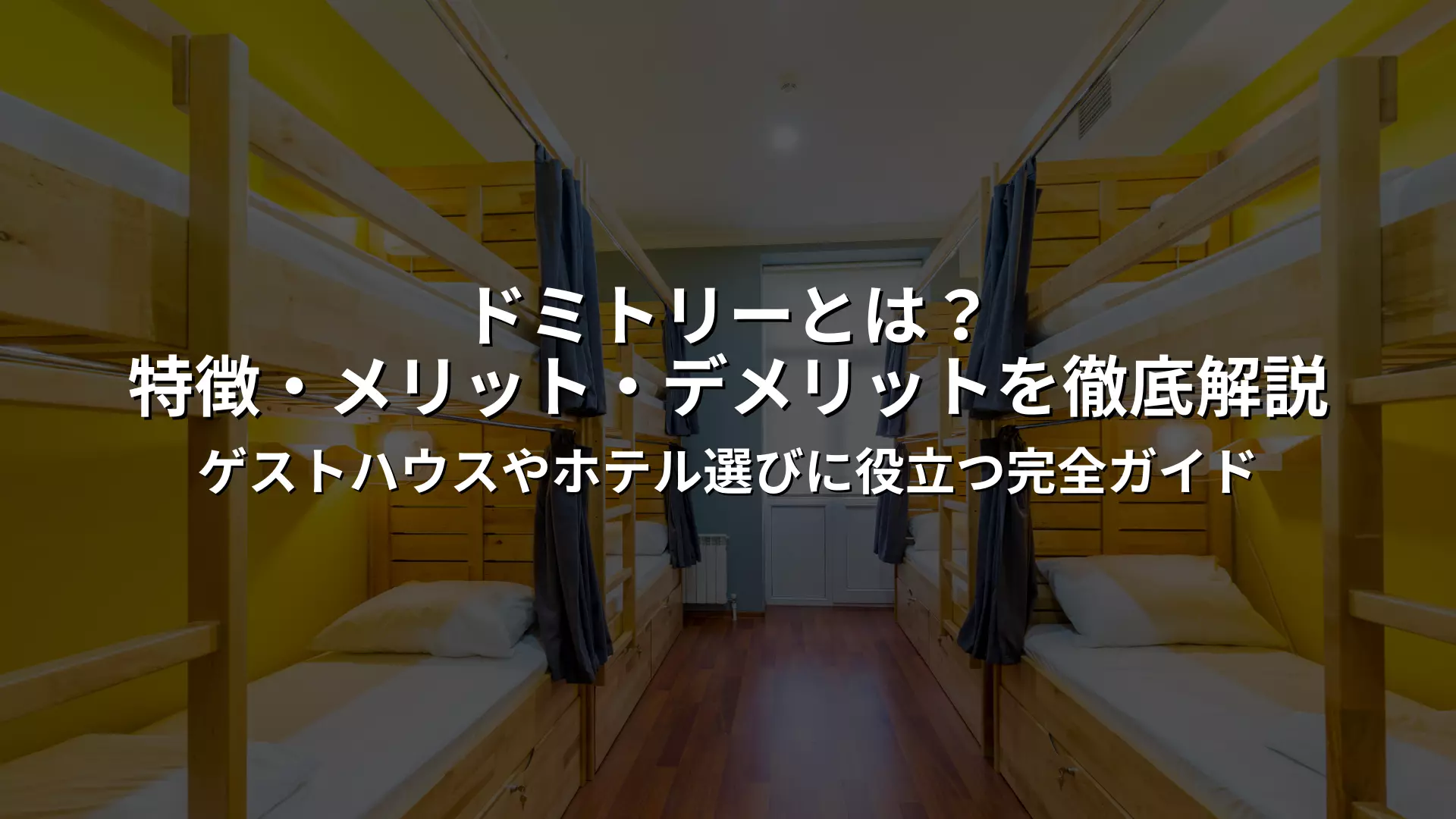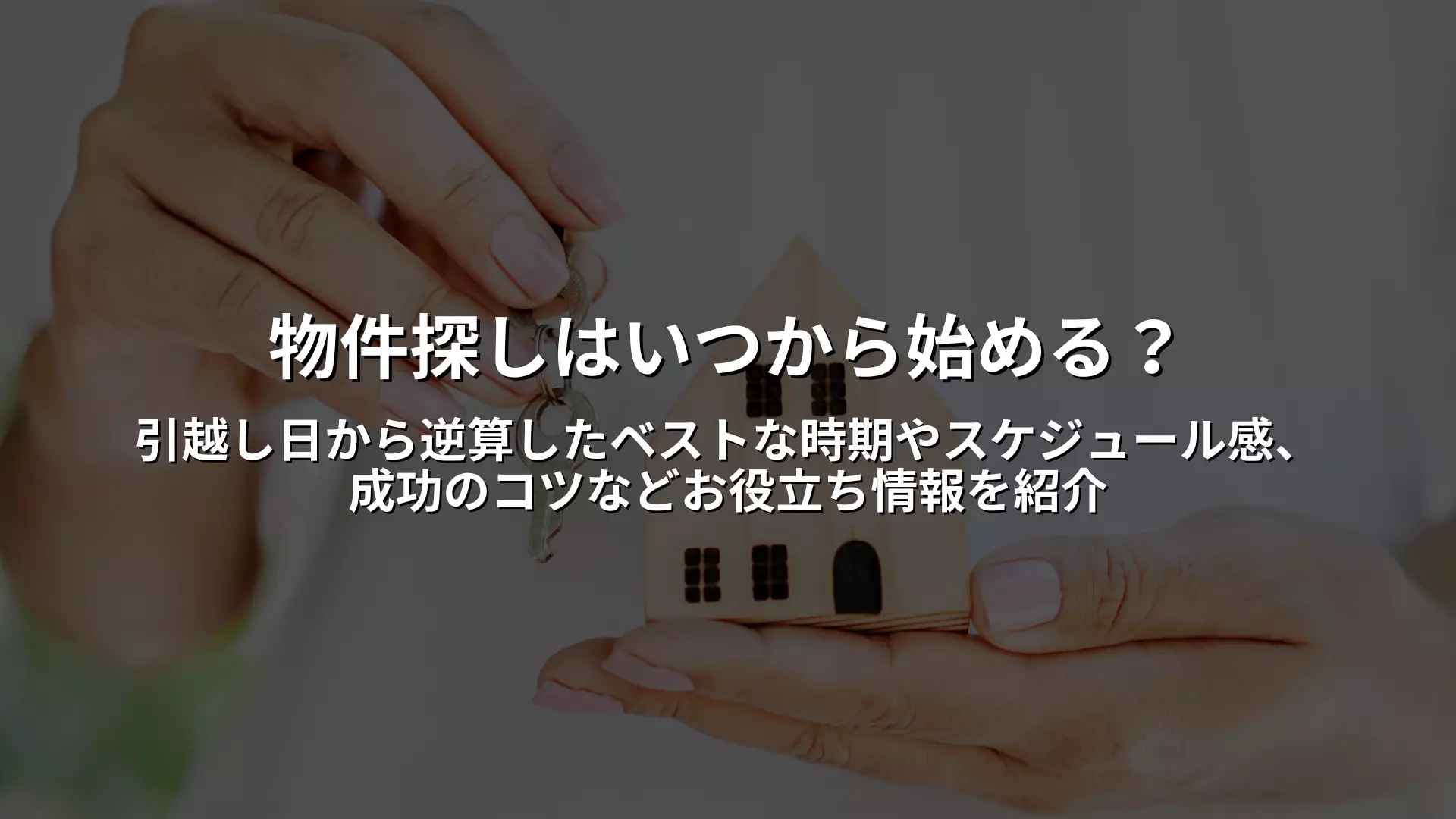What is the average water bill for a single person?
Water bills are one of the fixed expenses in monthly living costs. Especially when living alone, there is little difference in usage, so it is important to understand what the "average" amount is.
In this chapter, we will explain the national average water bill, regional differences, and an estimate of actual usage for a single person.
Check your average monthly and annual water bill
According to data published by the Ministry of Internal Affairs and Communications' household survey and the Waterworks Bureau, the average monthly water bill for a single person is approximately 1,500 to 2,500 yen, which amounts to around 18,000 to 30,000 yen per year.
This water bill includes both water and sewerage charges, and because the fee structure differs depending on the region, the bill amount can vary even for the same amount of water used. Also, in municipalities that use a pay-as-you-go system, the unit price tends to increase as usage increases. If you live alone, your usage is low, so the basic fee accounts for a large proportion, and even if you save water, the bill may not go down as much as you would expect.
Some people spend less than 1,500 yen a month, while others spend more than 2,500 yen. The first step in managing your water bill properly is to understand how your spending compares to the average.
Differences between urban areas such as Tokyo and Osaka and rural areas
Water rates are set independently by each local government and vary by region. Rates tend to differ between urban and rural areas due to factors such as the cost of securing water sources, infrastructure maintenance costs, and population density.
In urban areas, the following trends are observed:
- Tokyo: Water rates are relatively low compared to the rest of the country. Monthly water usage of 8 m3 costs about 1,800 yen.
- Osaka City: Slightly high, with monthly fees of around 2,300 yen due to sewerage charges.
- Fukuoka City: Both water and sewage fees are higher than the national average, sometimes reaching around 2,800 yen per month.
- Sapporo: Water bills are standard, but because it is a cold region, maintenance costs are more likely to be reflected.
As you can see, even if you have the same lifestyle, there can be a difference of more than 500 yen per month depending on the area you live in. When looking for a rental property or considering moving, taking regional differences in water rates into account can help you make decisions that will help you reduce your long-term living costs.
The actual water consumption of single-person households
The average person living alone uses around 6-10 m3 (cubic meters) of water per month, which equates to 200-300 liters per day. Your actual water usage will be made up of the following activities:
- Shower usage: 40-60 litres per shower. Daily use equals 1,200-1,800 litres per month.
- Washing: 50-80 litres per load. 600-1,000 litres per month if used three times a week.
- Toilet use: 6-12 litres per trip. 5 trips a day equals 900-1,800 litres per month.
- Cooking and dishwashing: 20-40 liters per day. If you cook a lot at home, 1,000 liters or more per month.
Adding these together, you get roughly 6,000 to 10,000 liters, which explains why monthly water usage is 6 to 10 m3. The longer you spend at home, the more your usage tends to increase.
On the other hand, if you live a lifestyle that does not involve much water, such as eating out a lot and using a coin laundry for your laundry, you can keep your monthly usage to less than 5 m3.
The average amount is only a guideline, and the actual amount of your bill will vary greatly depending on your lifestyle. By looking back at your lifestyle and understanding your water usage, you can avoid unnecessary water bills.
Why do water bills fluctuate?
Water bills are a fixed expense even for those living alone, but the amount billed is not always constant. Sometimes the bill is higher than expected, or surprisingly low. The reason for this depends on the water rate structure, the contract type for each property, and usage conditions. In this chapter, we will organize the main factors that cause water bills to fluctuate.
Basic structure of water supply and sewerage and breakdown of fees
The water bill includes both tap water and sewerage charges and is calculated as follows:
- Basic fee: A fixed monthly fee is charged regardless of usage.
- Metered charge: Charged according to the amount of water used
- Sewerage fee: Charged in proportion to the amount of water used (calculated separately or as a set)
The balance between the basic fee and the metered fee varies depending on the local government, but in any area, a certain fee will be charged even if the amount of electricity used is small. In particular, if you live alone, the basic fee tends to take up a large proportion of your bill, even if your usage is small.
Pay-per-use charges based on usage
The metered portion of the water bill is generally structured so that the unit price increases according to the amount of usage. This means that the more you use, the higher the price per cubic meter tends to be. For example, it looks like this:
- 0-10m3: XX yen per m3 (cheapest)
- 11 to 20 m3: Unit price increases
- 21m3 or more: Further increase in unit price
It is rare for a person living alone to use more than 10 m3 per month, but there are cases where it can go over that limit due to working from home, taking long showers, doing laundry frequently, etc. If your water bill is higher than you expected, this gradual increase in the pay-as-you-go system may be affecting it.
The "water fee included" and "flat rate" systems vary depending on the property
The way your water bill is billed will vary depending on the type of contract you have with the property you live in. There are three main patterns:
- Pay-per-use with individual meters (varies depending on usage)
- A management company is contracted as a lump sum, and the fee is included in the rent and common area charges as a "fixed amount."
- Water charges are not charged separately, but are charged as a flat fee (common in shared houses, etc.)
In shared houses like Cross House, all utility bills, including water, are included in the common area fee, and some types have a fixed monthly fee regardless of usage. Choosing such a property has the advantage of making it easier to keep costs consistent.
Search from 6,630 rooms of 990 properties
Water usage and cost examples for single-person lifestyles
Water bills vary greatly depending not only on the area and building conditions you live in, but also on your daily lifestyle. Even in the same area and under the same contract terms, monthly water bills can vary by more than 1,000 yen depending on how you use your water.
In this chapter, we will divide the ways in which people living alone use water into different patterns and explain the characteristics of each and the differences in expected water usage.
Differences between working from home and working on the go
The longer people spend at home, the more frequently they use water. The following trends are observed:
1) For home workers
- I use water for all my meals, breakfast, lunch and dinner.
- Frequent toilet and hand washing
- Showers and laundry can be done at any time, so the frequency tends to increase → In some cases, usage reaches 8 to 10 m3 per month
2) For office workers and students who are mostly out and about
- Eat out mostly on weekdays and cook less at home
- Do all your laundry on the weekend
- Water usage is limited to around 6-8 m3 per month, except for showers.
The time of day people spend their days and the situations in which they use plumbing are closely related, and the length of time people spend at home is a factor that is likely to have a direct impact on their water bills.
Cost differences between bath and shower users
The thing that has the biggest impact on your water bill is your bathing style. Whether you fill the bathtub with water or just take a shower will greatly affect the amount of water you use.
1) For those who prefer baths
- Uses 150 to 200 liters per bath
- If you bathe five times a week, you will use 3,000 to 4,000 liters a month, which can exceed 10 m3.
2) For those who prefer showers
- Uses approximately 10-12 liters per minute
- If you take a 10-minute shower every day, you will use 3,000 to 3,600 liters per month. Using a water-saving shower head will help reduce your water consumption.
If you use a bathtub, you can reduce your water bill by reusing the hot water (for laundry, etc.). On the other hand, even showers use a surprising amount of water if used for long periods of time, so you need to be mindful of saving water.
Estimated amount of use based on frequency of cooking and laundry
Cooking and laundry also affect water usage. The approximate usage amount is estimated for each of the following activities:
1) Cooking and washing dishes
- Amount used per cooking session: 10-20 liters
- Cooking twice a day, in the morning and evening, amounts to 40 liters per day → Approximately 1,200 liters per month
2) Laundry (fully automatic household washing machine)
- Amount per use: 50-80 liters
- 3-4 times a week: 600-1,200 liters per month
3) Cleaning, watering plants, etc.
- It's a small amount each time, but it adds up to a significant amount.
If you don't cook at home and use a laundromat for your laundry, you can significantly reduce your water usage. On the other hand, if you cook at home every day and do laundry frequently, you may be using a lot of water without even realizing it.
7 concrete steps to save money on your water bill
Water bills may seem like a relatively small amount when it comes to living expenses for a single person, but consciously reviewing them can lead to savings of several thousand yen to several tens of thousands of yen per year. This is an important point that should not be overlooked, especially for those who want to reduce fixed costs.
In this chapter, we will introduce seven specific money-saving tips that you can start putting into practice today.
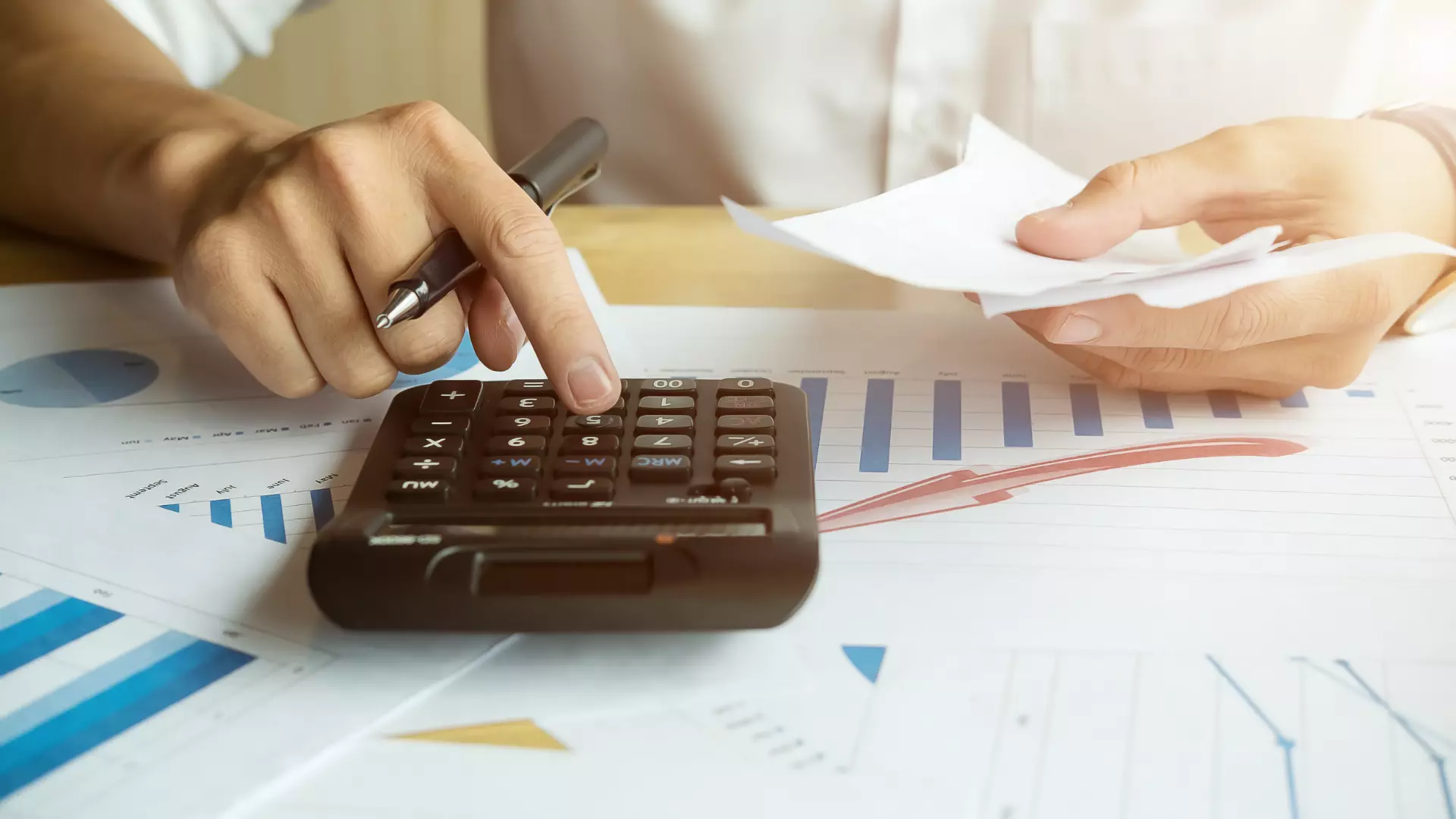
1. Install a water-saving shower head
Showers account for a large portion of water usage. A typical shower uses about 12 liters of water per minute, which amounts to 120 liters in a 10-minute shower. Simply switching to a water-saving shower head can save up to 50%. They can be purchased at home improvement stores or online for around 2,000 yen, and installation is easy.
2. Adjust the toilet water
The water used in toilets should also be reviewed. Each flush uses 6 to 12 liters of water, so if you use it five times a day, that comes to more than 1,000 liters per month. You can reduce water consumption by taking the following measures:
- Use the large and small levers appropriately
- Choose a water-saving toilet tank
- Use water-saving devices (such as putting plastic bottles in the tank)
There are many easy ways to do this even in rental properties, so it's definitely something you should incorporate.
3. Review the number of times and volume of laundry you do
A washing machine uses 50 to 80 liters of water per load. If you wash even a small amount every day, your water bill can easily add up. The following tips are effective.
- Do your laundry in bulk 2-3 times a week
- Use leftover bath water (it's convenient to have a pump for leftover bath water)
- Use water-saving modes
If you do laundry frequently, simply reviewing your routine to fit it into your daily routine can be effective.
4. Change your dishwashing habits
Even washing dishes every day uses a surprising amount of water. Leaving the tap running can result in a lot of waste. Here are some ways to conserve water:
- Use a washtub and soak the food in it.
- Lather the detergent, then wash and rinse with water.
- Replace the faucet with one that has a water-saving nozzle
For people who cook at home, this is the easiest and most effective way to save money.
5. Turn off the water when brushing your teeth, washing your face, or washing your hands
There are many situations where we unconsciously leave the water running. Turning off the water frequently in the following situations can lead to significant savings.
- Rinse your mouth with a cup while brushing your teeth
- Use water to wash your face
- When washing your hands, turn off the water while lathering.
Small savings can add up to hundreds of litres per month.
6. Use water-saving products
Water-saving products that can be easily purchased at 100-yen shops and home improvement stores are also effective. Typical examples are as follows:
- Water-saving top: Simply attach it to your faucet to adjust the flow rate
- Foam adapter: Softens the water flow and reduces water usage
- Water-saving shower: Replaces your existing shower head
- Bath water pump: Convenient for reusing laundry water
It requires little initial investment and has immediate results, so it is recommended for those new to saving.
7. Keep track of your water usage and bill
Finally, the most important thing is visualization. Even if you try to save water, you won't be able to continue if you don't see the results. By recording your monthly water usage and bills using the following method, you will become more conscious of saving money.
- Keep your bills and compare them month by month
- Register and visualize your water bill with a household accounting app
- Check your water meter and avoid overuse
Simply keeping a record can help you become aware of waste and make it easier to stay motivated to conserve water.
Search from 6,630 rooms of 990 properties
Is your water bill high? Compare it to the average
Water bills are an expense item that is difficult to visually understand the amount used, and many people find it difficult to judge whether their bill is high or low. Especially for those living alone, understanding the difference between your bill and the average amount can help you become aware of unnecessary expenses and the risk of water leaks.
In this chapter, we will explain the points to check to see if your water bill is reasonable.
How to read your invoice and check points
Your water bill will include the following information:
- Amount of water used this time (m3)
- Breakdown of basic fee and pay-as-you-go fee
- Amounts for water supply and sewerage
- Comparison with previous year (increase/decrease)
- Next scheduled meter reading date
The first thing you should check is whether your water usage is within the range of 6-10 m3 per month. If it exceeds this range, you may need to reassess your lifestyle. Also, if your water usage has increased dramatically compared to the previous month, it could be due to unconscious waste or a malfunctioning fixture (such as a loose faucet or a leaking toilet).
Analysis of the cause when there is a deviation from the average
If you live alone and your water bill continues to exceed 3,000 yen per month, the following factors may be the cause.
- I fill the bathtub with water every day
- Washing clothes too frequently
- You use a lot of water when cooking at home (boiling dishes, washing by hand without a dishwasher, etc.)
- Leaving the shower or tap running for a long time
- The building is old and uses inefficient plumbing equipment.
In particular, if the amount does not decrease even though you have already taken several water-saving measures, the specifications of the property itself or the type of contract may be affecting it.
Things to check with your landlord or management company
If you feel that your water bill is too high compared to the average, it is important to check the terms of your contract. Ask your management company or landlord about the following:
- Should water be purchased under a comprehensive contract for the building or under individual contracts?
- Is the water meter dedicated or shared?
- If water charges are included in the common area charges, what is the calculation basis for the amount?
- Average water usage and water pressure adjustment status within the building
In particular, with a "flat rate" system, you are charged a fixed amount regardless of how much you use, so it is difficult to see the benefits of saving water.On the other hand, if you are charged according to how much you use, your efforts to save water are more likely to be reflected directly in your bill.
The first step to reducing waste on your water bill is to check whether your bill is appropriate by comparing your usage with the terms of your contract.
Suddenly your water bill has increased? Possible causes and how to check
Have you ever noticed that your water bill has suddenly increased even though you are continuing to live the same lifestyle as before? If you experience a series of abnormal bills that cannot be explained by comparing your bill with the average or others, it may be a sign of some kind of trouble.
In this chapter, we will explain the causes of temporary large increases in water bills and how to check for them.
Cause 1: Water leaks from toilets, faucets, etc.
The most common cause is a water leak that occurs without you noticing. The following cases are particularly common:
- Water continues to flow in the toilet tank
- Dripping from faucets and shower heads
- Loose or deteriorated water supply hose of washing machine
These can sometimes be confirmed visually, but silent leaks or leaks under the floor or within the walls can be difficult to notice, and in some cases the leaks can go unnoticed for a long time, causing your water bill to rise.
Cause 2: Temporary increase in usage
It is also possible that a temporary increase in usage was due to short-term visitors or lifestyle changes.
- Multiple guests staying overnight meant more frequent showers and laundry
- I have been bathing in the bathtub more frequently due to colds or injuries.
- Shower times have become longer in summer and winter
In such cases, the amount will often return to its original value from the following month onwards, so it is important to determine whether the fluctuation is ongoing or a temporary increase.
Reason 3: Changes in fees or billing methods by management companies or local governments
Depending on the property you live in, the amount you are billed may change suddenly due to the following circumstances:
- The management company changed the water billing method (e.g., from a flat rate to a pay-as-you-go system)
- Water charges, which were included in the common area fee, are now billed separately
- There have been changes in local government fees and consumption tax
In this case, since the change is beyond your control, you need to carefully check whether you have been notified and the contents of the contract.
Verification procedure and solutions
If you suspect a sudden increase in your water bill, you can find the cause by following these steps:
- Check usage trends using bills and meter reading slips
- Check your water meter to make sure it's running even when you're not using water.
- Check each plumbing fixture, such as the toilet, faucet, and washing machine.
- If no abnormalities are found, consult the waterworks bureau, landlord, or management company.
If you contact the waterworks bureau, they may be able to conduct a leak investigation and check for abnormalities in your water usage. Also, if the leak is a problem with the building, you may be eligible for a reduction in repair costs and your water bill.
Search from 6,630 rooms of 990 properties
What is the best way to live with easy management and water bills included? Shared house option
Even if you try to save water, there are many people who find that their water bills don't go down as much as they would like, or who find it troublesome to manage their utility bills. In such cases, it is effective to choose a home that allows you to manage your fixed costs all at once. In particular, flat-rate properties that include water bills are a way to reduce both costs and hassle.
Benefits of managing utility bills all at once
Living alone requires signing up for water, electricity, gas, and the internet individually, and checking and paying the monthly bills. This process takes time and effort, and the amounts fluctuate from month to month, making it difficult to manage your household finances.
On the other hand, if your property has all utilities included in the common area fee, your expenses will be consistent and it will be easier to plan your budget. If your monthly payment is clear, you will have more leeway for other expenses and will be relieved of the stress of saving money.
With Cross House's shared houses, utilities and Wi-Fi are included for peace of mind.
In the shared houses (private rooms) provided by Cross House, the following costs are all included in the monthly common area fee of 15,000 yen.
- Water bill
- Electricity bill
- Gas bill
- WiFi communication fee
- Cleaning and equipment management fees for common areas
Residents do not need to sign individual contracts, and all facilities are available for use from the day they move in. Furniture and appliances are provided in advance, so initial costs when moving in are kept to a minimum.
In particular, water bills tend to fluctuate depending on how often you shower or do laundry, so having them included in a fixed amount is a great benefit.
Living alone with privacy
Some people feel uneasy about living in a shared house because they have the strong impression of "living with strangers," but all Cross House properties are private rooms, ensuring privacy. While toilets, showers, and kitchens are shared, cleaning is carried out regularly by professional cleaning companies, so you can live comfortably with minimal concerns about hygiene.
This is a well-balanced option for those who want to keep a reasonable distance from others while keeping costs down in an environment with good living infrastructure.
Summary | Know the average and save money without straining yourself
The average monthly water bill for a single person is said to be around 1,500 to 2,500 yen, but this cost can vary depending on lifestyle and region. While it is possible to save money by reviewing your daily usage, being overly concerned about saving water can also be stressful.
In such cases, you can choose a home that allows you to manage your utility bills all together, including water. Cross House's shared house (private room type) includes water, electricity, gas, and Wi-Fi in the monthly common area fee, making it a fixed price. The facilities are also fully equipped, so you can start living alone with peace of mind, even if it's your first time.
If you want to maintain a comfortable lifestyle while keeping your monthly expenses consistent, why not start a new life at Cross House?




